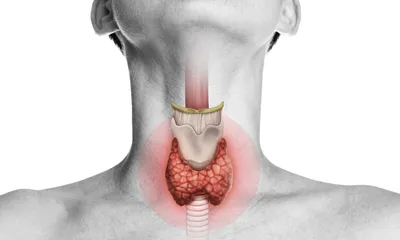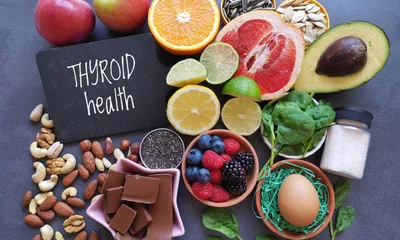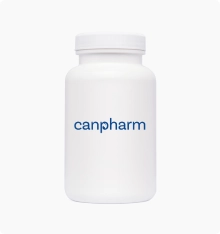GERD
-
Description
-
Signs & Symptoms
-
Anatomy
-
Cause
-
Diagnosis
What is GERD?
Gastroesophageal reflux disease is a digestive disorder involving stomach acid coming up from the stomach and entering the esophagus, which is where food moves between the mouth and stomach after you swallow. This will cause heartburn or acid indigestion, and intense discomfort can come from the burning sensation in the upper abdomen resulting from digestive acid escaping from the stomach.
GERD occurs when the lower esophageal sphincter begins malfunctioning. It continues to open to allow food into the stomach but doesn’t close after to prevent acid moving into the esophagus. Untreated gastroesophageal reflux disease may lead to an esophageal ulcer or Barret’s esophagus, which can then develop further into esophageal cancer.
What Causes GERD?
Gastroesophageal reflux disease may stem from a person having a hiatal hernia. This is when the upper part of the stomach moves into the chest through an opening in the diaphragmatic muscle that serves as a wall between the abdomen and the chest. The hernia creates a small gap in the wall and stomach contents pass through them to cause acid reflux, heartburn, and acid indigestion.
GERD occurs more often for people who are significantly overweight or obese, have gastroparesis (delayed stomach emptying) or connective tissue disease like scleroderma, rheumatoid arthritis, or lupus. Women may experience GERD when they are pregnant, but normal digestive function should return after childbirth.
GERD Symptoms
Standard GERD symptoms when a person has this digestive disorder are heartburn, acid indigestion, and a general burning or painful sensation stemming from the lower esophagus. Symptoms may worsen if the person is lying down or in a prone position. Stomach acid in your esophagus may cause increased coughing, and swallowing difficulties, bad breath, or nausea may also be a part of what they go through. Some sufferers will find it difficult to stay asleep because of GERD.
GERD Treatment
The most conventional approach to GERD treatment is to have the patient on H2 blocker and PPI (proton pump inhibitor) class drugs like Tagamet or Dexilant. A doctor may also recommend avoiding GERD trigger foods as part of your treatment regimen. Fatty foods, chocolate, caffeine, and peppermint are the ones that cause the acid reflux of GERD most regularly. It’s also possible the person may be advised to cut back on alcoholic beverages.
It may also be advisable to eat smaller servings at meals as part of your GERD treatment and chew mouthfuls of food more thoroughly before you swallow them. For cases of severe GERD, surgery may be required, and surgeries like TIF (transoral incisionless fundoplication), LINX surgery, or a Stretta procedure are possibilities for people who get insufficient relief from medication and diet changes.
Signs & Symptoms
- Heartburn
- Acid indigestion
- Burning sensation in the upper abdomen
- Coughing
- Swallowing difficulties
- Bad breath
- Nausea
- Difficulty staying asleep
Anatomy
- Esophagus
- Lower esophageal sphincter
- Stomach
- Diaphragm
- Gastric glands
Cause
- Hiatal hernia
- Obesity
- Gastroparesis
- Connective tissue diseases
- Pregnancy
Diagnosis
- Endoscopy
- Esophageal pH monitoring
- Barium swallow test
- Manometry



